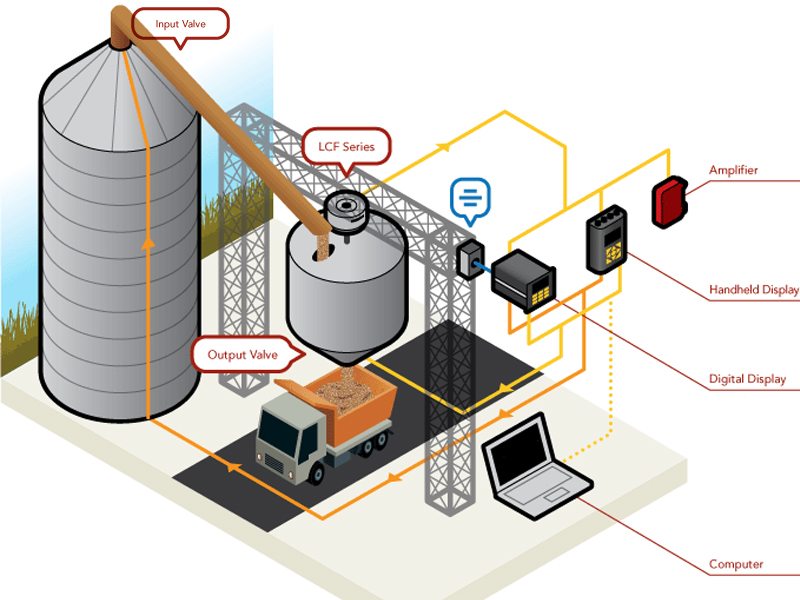Weighing equipment usually refers to the weighing equipment for large objects used in industry or trade. It refers to the supporting use of modern electronic technologies such as program control, group control, teleprinting records, and screen display, which will make the weighing equipment function Complete and more efficient. Weighing equipment is mainly composed of three parts: load-bearing system (such as weighing pan, scale body), force transmission conversion system (such as lever force transmission system, sensor) and display system (such as dial, electronic display instrument). In today’s combination of weighing, production and sales, weighing equipment has received great attention, and the demand for weighing equipment is also increasing.
Weighing equipment is an electronic weighing device integrated with modern sensor technology, electronic technology and computer technology, in order to meet and solve the “fast, accurate, continuous, automatic” weighing requirements in real life, while effectively eliminating human errors , making it more in line with the application requirements of legal metrology management and industrial production process control. The perfect combination of weighing, production and sales effectively saves the resources of enterprises and merchants, reduces expenses, and wins the praise and trust of enterprises and merchants.
Structural composition: The weighing equipment is mainly composed of three parts: load-bearing system, force transmission conversion system (ie sensor), and value indication system (display).
Load-bearing system: The shape of the load-bearing system often depends on its use. It is designed according to the shape of the weighing item combined with the characteristics of shortening the weighing time and reducing the heavy operation. For example, platform scales and platform scales are generally equipped with flat load-bearing mechanisms; crane scales and driving scales are generally equipped with configuration load-bearing structures; some special and specialized weighing equipment are equipped with special load-bearing mechanisms. In addition, the form of the load-bearing mechanism includes the track of the track scale, the conveyor belt of the belt scale, and the car body of the loader scale. Although the structure of the load-bearing system is different, the function is the same.
Sensor: The force transmission system (i.e. sensor) is a key component that determines the measurement performance of weighing equipment. The common force transmission system is the lever force transmission system and the deformation force transmission system. According to the conversion method, it is divided into photoelectric type, hydraulic type, and electromagnetic force. There are 8 types, including type, capacitive type, magnetic pole change type, vibration type, gyro ceremony, and resistance strain type. The lever force transmission system is mainly composed of load-bearing levers, force transmission levers, bracket parts and connecting parts such as knives, knife holders, hooks, rings, etc.
In the deformation force transmission system, the spring is the earliest deformation force transmission mechanism used by people. The weighing of the spring balance can be from 1 mg to tens of tons, and the springs used include quartz wire springs, flat coil springs, coil springs and disc springs. The spring scale is greatly affected by geographical location, temperature and other factors, and the measurement accuracy is low. In order to obtain higher accuracy, various weighing sensors have been developed, such as resistance strain type, capacitive type, piezoelectric magnetic type and vibrating wire type weighing sensor, etc., and resistance strain type sensors are the most widely used.
Display: The display system of the weighing equipment is a weighing display, which has two types of digital display and analog scale display. Types of weighing display: 1. Electronic scale 81.LCD (liquid crystal display): plug-free, power-saving, with backlight; 2. LED: plug-free, power-consuming, very bright; 3. Light tube: plug-in, power-consuming Electricity, very high. VFDK/B (key) type: 1. Membrane key: contact type; 2. Mechanical key: composed of many individual keys.
Post time: Aug-24-2023








